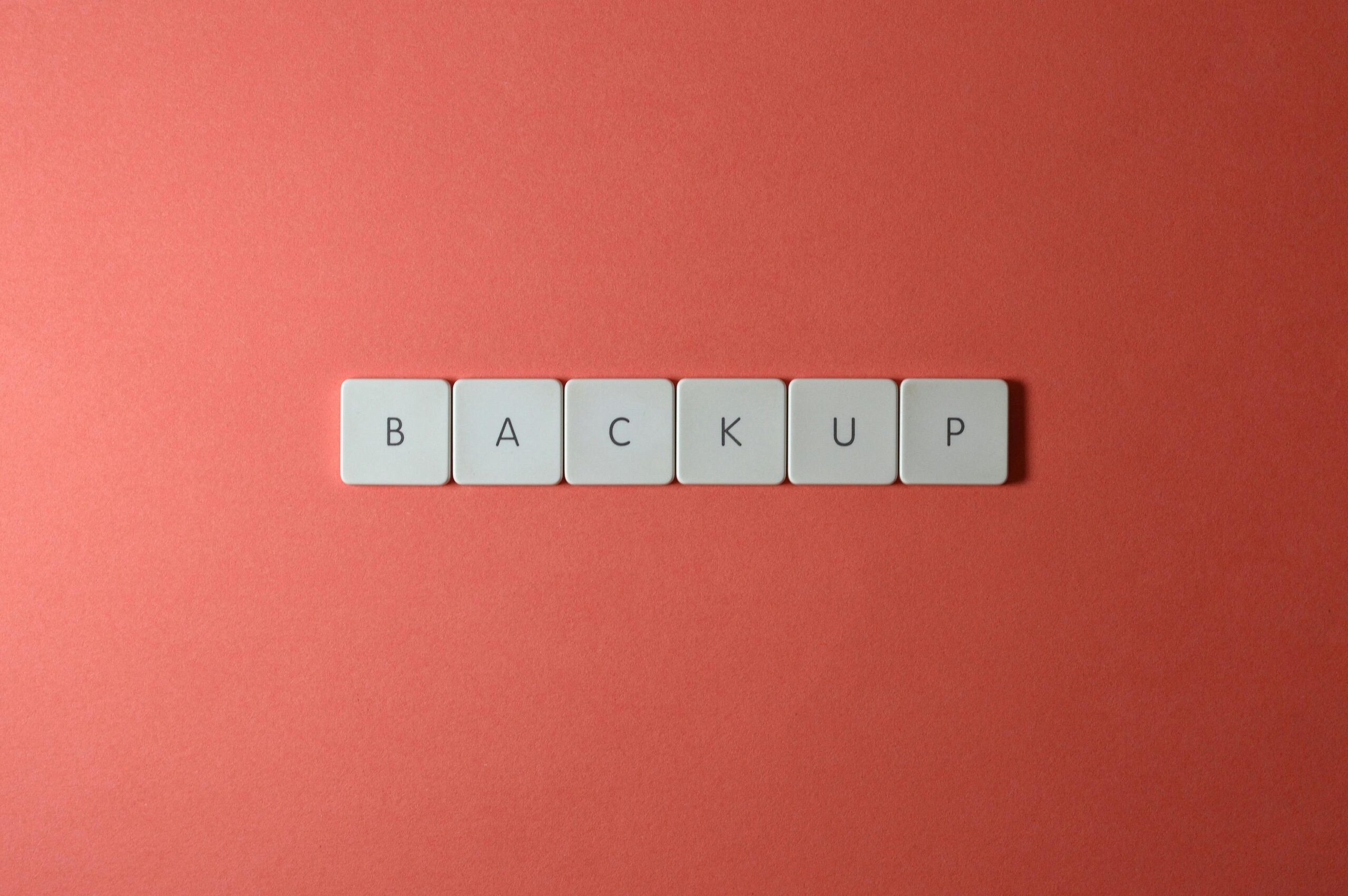
18 Jun Simple Backup and Recovery Plans
Protecting Your Business Data: A Guide
What would happen if your business lost all its data tomorrow? Would you be able to recover, or would it grind your operations to a halt? Every small business runs on data, including customer information, financial records, communications, and product files. Yet data security often falls to the bottom of the to-do list. According to FEMA, 40% of small businesses never reopen after a disaster, and another 25% shut down within one year. That’s a staggering 65% failure rate due to a lack of preparation.
Here’s the good news. Protecting your data from disaster doesn’t require a dedicated IT team or an enterprise budget. With the right strategy, tools, and a little foresight, you can implement a backup and recovery plan that minimises downtime and gives you peace of mind. In this blog post, we will discuss practical and easy-to-follow advice to help you protect your most valuable business asset: your data.
The Importance of Regular Backups
If you don’t have regular backups, your business is one unexpected event away from potential collapse. Whether it’s a hard drive failure, an employee mistake, or a flood that wipes out your office, losing data can derail your business overnight. Everyday occurrences like accidentally deleting a file or clicking on a malicious link can also result in data loss. Cyberattacks targeting small businesses have risen steadily in the past decade. Industries governed by regulatory compliance face stiff penalties if they can’t produce secure and reliable backups when audited.
Simple Backup and Recovery Plans
Here are some simple, effective backup and recovery plans that every small business can use:
- Know Your Storage Limits: Audit your storage monthly, enable alerts, and clean up old or unused files regularly. Always leave 20-30% of your backup storage free.
- Use a Cloud Service: Cloud storage offers affordable, flexible, and secure off-site storage. Look for services with automatic backups, end-to-end encryption, and access across all devices.
- Automate Your Backup Schedule: Set systems to back up daily for mission-critical data, weekly for large system files, and monthly for archives. Run backups after business hours to avoid interfering with productivity.
- Test Your Recovery Plan: Run quarterly disaster recovery drills to measure recovery speed, identify gaps, and ensure key team members know their roles.
- Keep a Local Backup for Fast Access: Local storage provides rapid recovery times and a secondary layer of security. Secure your drives with encryption and store them in a locked cabinet or fireproof safe.
- Educate Your Team: Train employees on data saving, recognising phishing attempts, and who to contact during a data emergency. Hold regular training sessions and use mock phishing emails to test awareness.
- Keep Multiple Backup Versions: Retain at least three previous versions of each file and use cloud services with built-in versioning.
- Monitor and Maintain Your Backups: Establish a maintenance routine to review backup logs, check for failed backups, update software, and replace aging hardware.
- Consider a Hybrid Backup Strategy: Combine local and cloud backups for flexibility, redundancy, and optimised performance.
What to Do When Disaster Strikes
Even with the best backup plans, disasters can still happen. Here’s how to take control when your data’s on the line:
- Assess the Damage: Quickly evaluate what data and systems have been compromised.
- Activate Your Recovery Plan: Use your documented recovery steps to restore your data, starting with the most crucial systems.
- Loop In Your Team: Notify your team about the situation and assign tasks to staff members.
- Document What Happened: Analyse the event to improve your disaster recovery strategy.
- Test the Recovery Process: Regularly test your recovery steps to ensure backups are functional and can be restored quickly.
Disaster-proofing your data is a smart investment. Set up both cloud and local backups, automate and test your recovery processes, educate your staff, monitor storage, and rotate hardware. With a solid backup and recovery plan in place, your business will be ready to weather any storm.
Robert Brown
18/06/2025
Related Articles:
Enhance Your Email Security
Tips for Preventing Data Breaches



